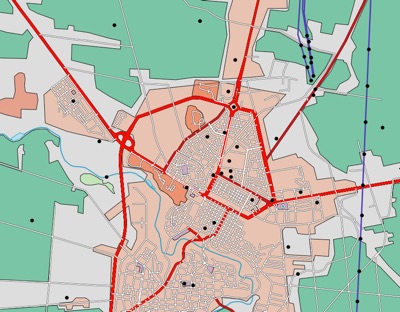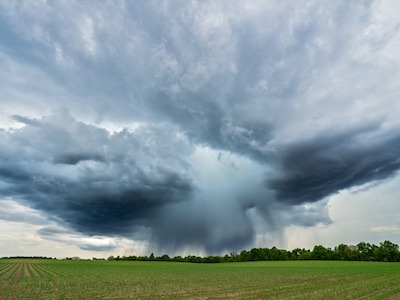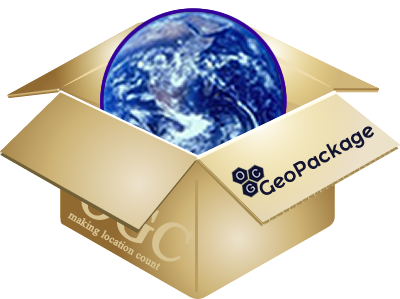"So these OGC codesprints put the potential users together, so that we all try and make these APIs palatable for all. We won’t make everybody happy, but we can try to make nobody hate the APIs."
- Ivan Sanchez Ortega, Freelance GIS+JS developer and OSGeo charter member

"Exciting times for international weather/climate/water data exchange, using open standards and open source reference implementations."
- Tom Kralidis, OSGeo Board Member and Key Contributor of FOSS4G projects

"Using industry tools, you can take these specifications (OGC APIs) as is and easily generate service and client implementations. APIs are now programmatically ingestible to create implementation and documentation! Huge step forward!"
- Steve McDaniel, Software Scientist at Hexagon

"The next generation of OGC API standards make it easy for data publishers to create modern, developer friendly APIs to access geospatial data. Being involved in the development of this next generation of API standards has enabled Ordnance Survey to significantly modernise how our customers access authoritative geospatial data."
- Michael Gordon, Strategic Product Manager at Ordnance Survey

"The new OGC-APIs allow you to access the features of the SDI datasets of Spain (hydrography, land use and cover, transport networks…) in a simple and friendly way . Open source knowledge is becoming more accessible and competitive and this new standard is great proof of that."
- Aure Aragón Velasco, Tecnical Land Surveyor engineer of the Spanish SDI (IDEE IGN/CNIG)

"OGC standards underpin the transfer of geospatial datasets, and the OGC APIs reflect the use of cloud-hosted computing alongside being easier to understand due to supporting code repositories."
- Samantha Lavender, EO Scientist and Director at Pixalytics

"Participating in the development and implementation of the new OGC APIs is very intense and exciting. It's amazing to see everyone working together towards the same goal, standards and interoperability, no matter who you are or where you come from."
- Núria Julià Selvas, Senior GIS Developer at CREAF - MiraMon





















